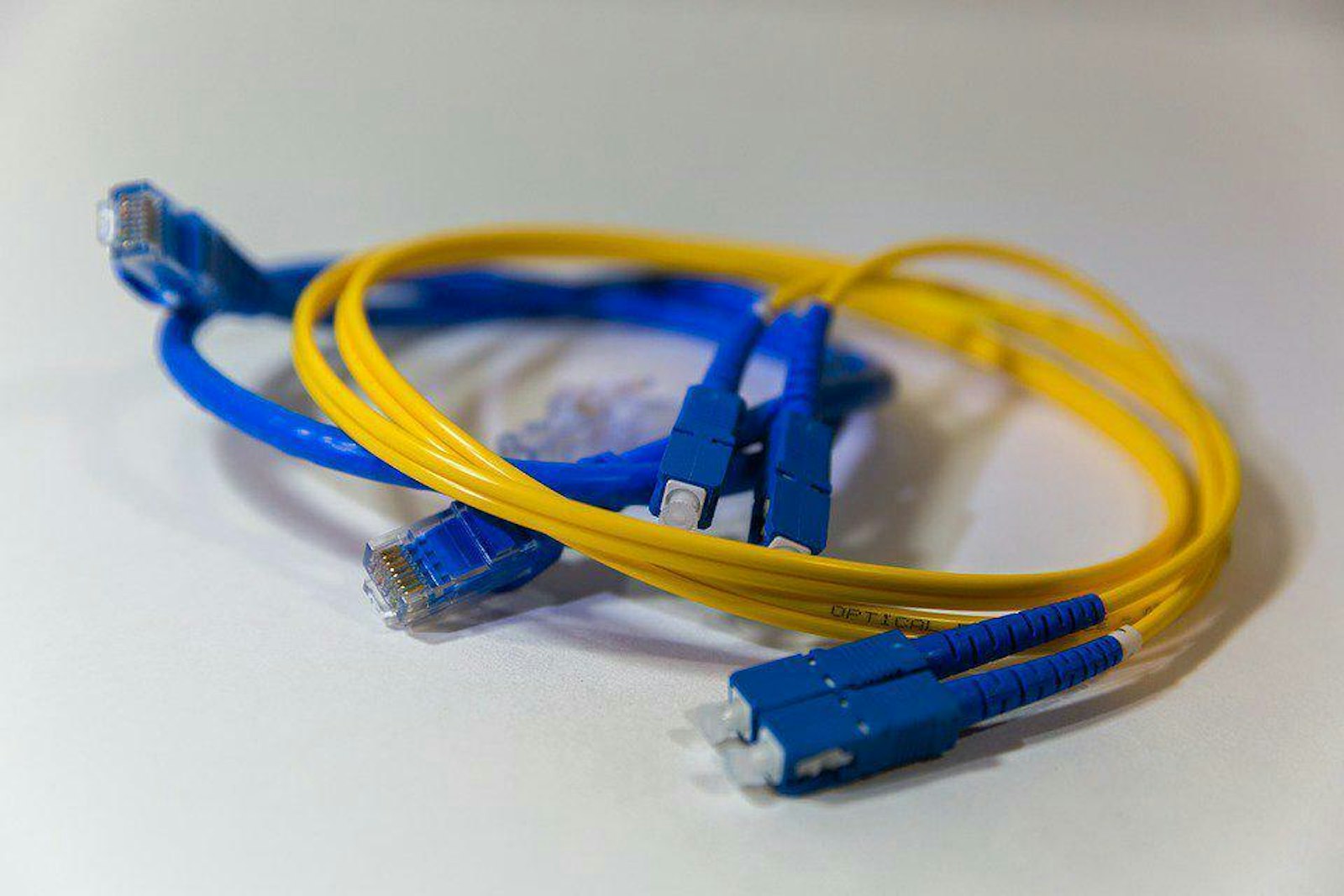Leased Line Comparison: What You Need to Know

Cost, availability, speeds, support and installation times all play a part in making the most appropriate choice. One might be faster than the others but speed should not be your only consideration.
In this post, we are going to discuss the three types of leased line connection that are available to you. These are fibre to the premises (FTTP), fibre to the cabinet (FTTC) and ethernet first mile (EFM). While cost, availability, speeds and installation times vary between them, they are all capable of providing you with a faster connection than broadband.
By the end of this post, you will feel more confident in choosing a connection that is right for your business. You will be able to consider your budget, timing and demand in order to make a wise investment. Before we go into more detail about the three of these options we will offer you an explanation of what leased lines are and how they work.
What is a Leased Line?
A leased line is a dedicated connection that works on a static bandwidth. Put in other words, you have an uncontended connection. You are not sharing your internet with anybody else as you have a private circuit that directly connects your premises to the internet. This enables your connection to support the day-to-day activities of your business and perform at a reliable speed all of the time.
Talking of speed, your uploads and downloads will be symmetrical on a leased line. Another way of saying this is that you can upload files as quickly as you can download them. With these high speeds and reliability, you are able to use the internet for a great range of tasks, including Voice over Internet Protocol (VoIP). Leased lines also come with low latency, which means websites can be accessed and load at a fast pace.
Having a leased line connection is not the same as using broadband. With the latter, your connection is competing with the activity of lots of other web users. Whatever they are doing will have an impact on the speeds you can access. This can make downloading files a sluggish process during peak time. For businesses, peak time is anytime so a broadband connection simply will not do.
Read more - before moving office, plan your internet connection in advance
Leased Line Comparison: FTTP, FTTC and EFM
With the definition and benefits of a leased line connection all fleshed out, let’s take a closer look at the types of leased lines available. As we said earlier, these are FTTP, FTTC and EFM. Each type has its own advantages and disadvantages and there are scenarios where one is more well-equipped than the others.
FTTP
FTTP, also known as a fibre leased line, provides an internet connection directly to your premises from the network supplier using a fibre optic cable. It is usually capable of providing the fastest possible speeds to your business and is completely uncontended. Another reason why it is liked so much by businesses is that it is scalable. They can invest in more bandwidth and overlay other services on the cable when they need to, plus reduce their spending and usage when they do not need as much.
If you work in a large office, a small office or an office of any size where lots of people depend on cloud services, transferring large files and using VoIP to do their jobs, then FTTP is what you need. It will give you enough bandwidth to get everyone online and doing the things they need to do in order to keep your company running. The uncontended factor will mean you are not disrupted by unreliable connectivity in the middle of an important task.
Advantages:
- Speed. With the right bandwidth, you are capable of doing anything over the internet and there will not be any delays.
- Uncontended bandwidth. Your connection is dedicated to your business. It is impossible for disruption to be caused by a user on the outside of your network.
Disadvantages:
- Installation times. FTTP can take between 30 and 90 days to install
- Cost. This is often a barrier that prevents many small to medium-sized businesses (SMBs) getting connected as they simply don’t have the budget.
Right now, however, SMBs can apply for a government voucher granting them up to £2,500 towards the cost of a gigabit internet installation with us.





